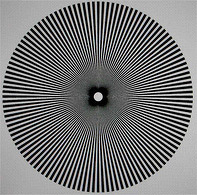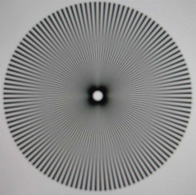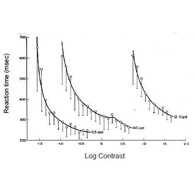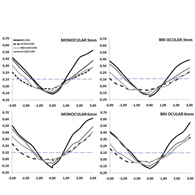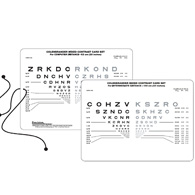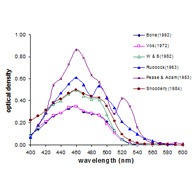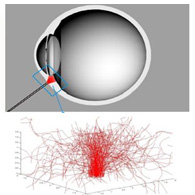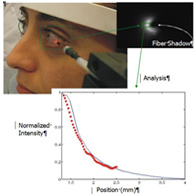Collaborating Departments / Institutions
The Departments that are involved in the Programme are the School of Medicine, the Department of Mathematics/Applied Mathematics and the Department of Materials Science and Technology of the University of Crete. The School of Medicine has the responsibility for the coordination of the Programme. The Programme operates in close collaboration with the Foundation for Research and Technology of Crete and the Eye Clinic of the University Hospital of Heraklion.
The Special Interdepartmental Committee (SIC) is the supreme collective body of the Programme which has also the responsibility of electing the Director and the Deputy Director of Studies of the Programme.
The coordination and supervision of the Programme is carried out by the Steering Committee (StC).
Collaborating Departments
Scientific Coordinator: Miltiadis Tsilimbaris
70013
Tel.: (+30)-2810-392450
Fax: (+30)-2810-542094
E-mail: tsilimb@med.uoc.gr
B) Department of Mathematics and Applied Mathematics
Representative: Panagiotis Chatzipantelidis
70013
Tel.: (+30)-2810-393871
Fax: (+30)-2810-393881
E-mail: p.chatzipa@uoc.gr
C)Department of Materials Science and Technology
Representative: Dimitris Papazoglou
70013
Tel.: (+30)-2810-391273, 2810-393450-1
Fax: (+30)-2810-393454
E-mail: dpapa@iesl.forth.gr
Collaborating Institutions
A) Foundation for Research and Technology-Hellas
Institute of Applied and Computational Mathematics (IACM)
Secretary: Mrs. Maria Papadaki
70013
Tel.: (+30)-2810-391802
Fax: (+30)-2810-391801
e-mail: mariapap@iacm.forth.gr
B) Institute of Electronic Structure and Laser (I.E.S.L.)
Secretariat: Mrs. Lia Papadopoulou
70013
Tel.: (+30)-2810-391300
Fax: (+30)-2810-391305
e-mail: liap@iesl.forth.gr
C) Institute of Vision and Optics
Department of Medicine, University of Crete
70013
Tel.: (+30)-2810-371800
Fax: (+30)-2810-394653
e-mail: veic@med.uoc.gr
D) University Eye Clinic - University Hospital of Heraklion
71500
Tel.: (+30)-2810-392351
Fax: (+30)-2810-542094
e-mail: ophadmin@med.uoc.gr


